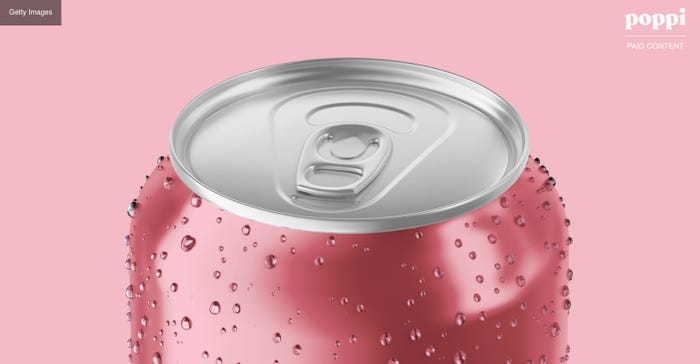GLP-1 drugs present opportunity to sports nutrition brands
GLP-1 drugs like Ozempic have changed the game for weight loss supplements, but they could also bring new consumers to sports nutrition as users report being more active. Find out more.

At a Glance
- Of consumers taking GLP-1 products, 78% report exercising more than they did previously.
- As many as 12% of American adults are using GLP-1 products, according to the health-policy organization KFF.
There are many ways you can tell it’s January. The biting cold and the early sunset are the immediate giveaways. but nearly as obvious is the full parking lot at gyms crowded with the New Years resolution crowd.
By March, that parking loss is half empty.
Or maybe not.
People who are taking or have taken GLP-1 drugs like Ozempic and Mounjaro may be sticking to their gym routines better than the people who would typically see their resolutions wilt when January ends. In consumer research from the Nutrition Business Journal’s Supplements in the Ozempic Age Special Report, users of the drugs say they exercise more. Among people who have stopped taking the GLP-1 drugs, 40% said they were exercising more and among people still taking the medication, that number is a whopping 78%.
Considering reports that one out of eight adults has taken or is taking one of the drugs, any uptick in activity could be a major opportunity for supplement brands in the sports nutrition space along with makers of hydration drinks, nutrition bars and anything else that all those people filling the parking lots at the gym might consume. Protein and muscle-focused products stand out as the biggest opportunity here. Among the many side effects of GLP-1 drugs is loss of muscle mass. Losing muscle is a simple fact of losing weight even for the most dedicated gym rats, but given how quickly people are shedding pounds on Ozempica and the like, the muscle loss can be dramatic.
It’s also important to note that because health insurance companies have been reluctant to shell for the drugs, many people using them are paying out of pocket, suggesting they have the expendable income to afford sports nutrition products, especially when they stop taking the drugs and the eye-popping monthly expenditure ends. Among the many truths of the “Ozempic Age” is that the number of people who have stopped taking the drugs, or are perhaps taking a break from them, will at some point, possibly now, be larger than the number of people currently on the GLP-1 drugs. These people will likely be highly motivated to keep the pounds off with exercise and better nutrition.
Putting that all together suggests a new age for sports nutrition may be on the doorstep. Smart brands are already figuring out how to connect with those thinner and more active consumers, whether they are at the gym beyond January or not.
About the Author
You May Also Like





